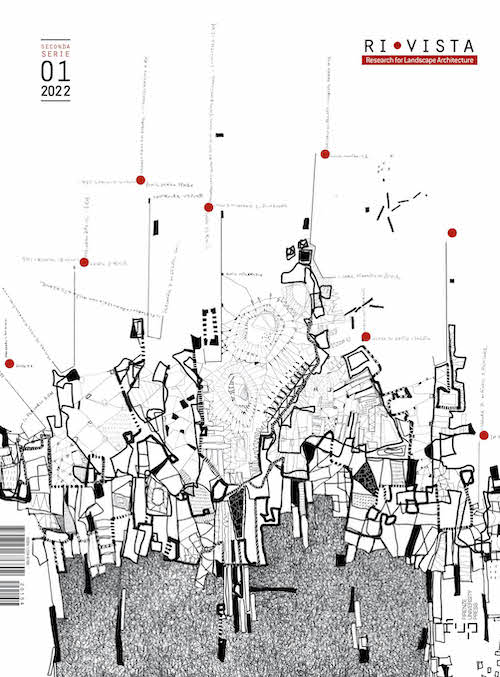Published 2022-07-01
Keywords
- Pikionis,
- landscape,
- heritage,
- slow geographies,
- embodied cognition
How to Cite
Abstract
The essay deals with an investigation into the narrative capacity of the landscape as a palimpsest experienced through movement and gaze. The opportunity to reflect on the cognitive potential of ‘traveling’ and ‘staying’, of a geography capable of making the authentic relationships between the form of the soil and the anthropic form eloquent, is offered by reading the project by Dimitris Pikionis in Athens (1954-1958) to respond to building pressure that risked compromising the in- tegrity of the areas around the Acropolis. It is the essay Aesthetic Topography (1935) that outlines the theoretical framework that guides Pikionis’ work in these places, suggesting to contemporary architectural culture, a wealth of experiences useful for regaining an embodied knowledge, a les- son on how to educate the gaze to interrogate sensitive reality.






